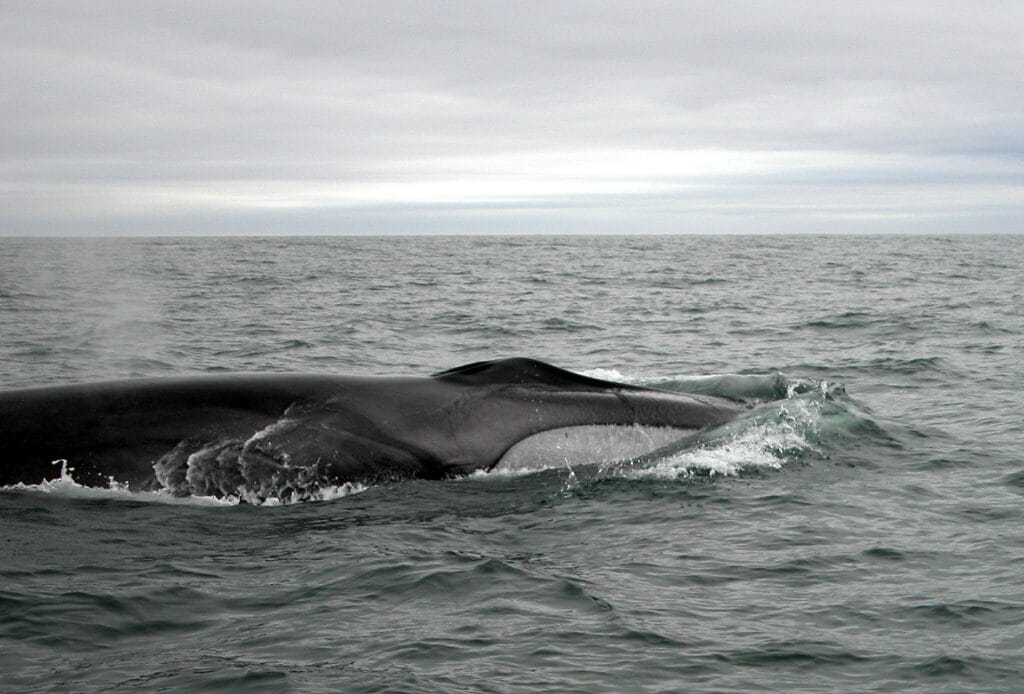In this excerpt from the July edition of the Blubber Bulletin, the Irish Whale & Dolphin Group’s monthly email news roundup (republished here with permission), IWDG Sightings Officer and Save Our Sprat West Cork member Pàdraig Whooley succinctly sums up the current position in the wake of the Irish Government’s recent measures to curb industrial trawling in our inshore waters.
Government Decision on Sprat Trawling
The recent government announcement on trawling activity inside the six nautical mile zone, although welcome, falls short of the moratorium on sprat fishing demanded by many. That said, it was in keeping with the majority view, where 94% of respondents to the second consultation (April 2024) looked for the option to ban large trawlers >18mts within the six.

But that was then, and the situation has moved on considerably in recent months with the setting up of several Save our Sprat local groups in the southwest. The announcement leaves us in something of a holding position until it becomes clear how the fishing industry responds.
The big question is whether large trawler owners will once again go down the legal route and seek a judicial review. This strategy has worked well for them in the past. Then, will the small inshore fleet simply pick up the slack, as without quota restrictions, they are it seems free to take as much sprat as they wish, should they so choose.
Let’s make some assumptions based on the 2024/25 season.
- The >18m boats take their full allocation of 2,000t
- The <18m boats continue as they did last year and take 46% of 16,500t (7,500t)
So all things being equal, we could expect that the combined sprat landing will be about 10,000t. While it’s a lot better than the 16,500t of sprat biomass that was removed last year (Sea Fishery Protection Authority), it’s still 4 times higher than the ICES advice.
We’ll know from the SFPA when they publish their annual figures in early Summer 2026, whether the sprat landings are below or above this 10,000t benchmark. If they are below it, then the measure is having the desired effect as it leaves an estimated 7-8,000t of sprat for predators. But if the landing is significantly higher than 10,000t, then either the large boats are exceeding their quota, or the inshore boats have seized their opportunity, giving us a better idea as to where the new battlelines are drawn.
IWDG extend a big congratulations to Minister of State for Nature, Heritage and Biodiversity, Christopher O’ Sullivan TD for helping get this over the line. But before we get too carried away, we need to remind ourselves that we’ve been here before, as this new policy directive takes us back to where we were in 2018.
In the meantime, please note the Save Our Sprat protest march in Clonakilty on Wed. 13th August isn’t so much cancelled, rather it’s postponed pending developments in the coming year.
